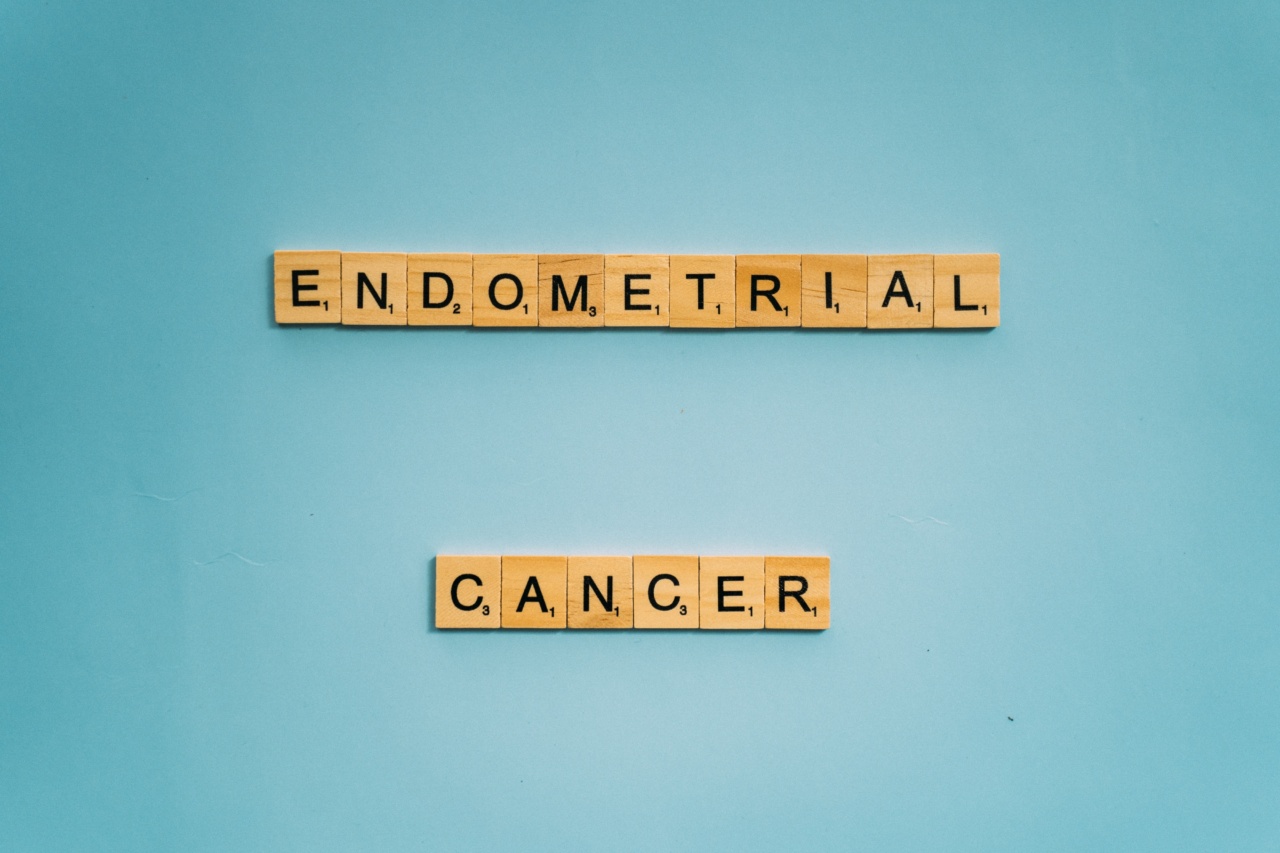Menopause is a natural phase in a woman’s life when her reproductive system gradually shuts down, leading to the end of menstrual cycles. However, when a menopausal woman experiences vaginal bleeding, it can be a cause for concern.
While there are several reasons for postmenopausal bleeding, it is crucial not to ignore this symptom as it could be an indication of endometrial cancer, the most common gynecological cancer in women.
Endometrial cancer, also known as uterine cancer, originates in the lining of the uterus, called the endometrium. One of the prominent signs of endometrial cancer is abnormal vaginal bleeding or spotting after menopause.
Understanding the potential link between menopausal vaginal bleeding and endometrial cancer is essential for early detection and timely intervention.
The Importance of Recognizing the Warning Signs
Although vaginal bleeding after menopause is somewhat common, it should never be ignored. It is crucial to recognize the warning signs and seek medical attention promptly.
Endometrial cancer has a higher likelihood of successful treatment when diagnosed at an early stage. Understanding the potential risk factors and symptoms can significantly aid in early detection.
Potential Causes of Menopausal Vaginal Bleeding
Not all cases of postmenopausal bleeding are linked to endometrial cancer. Several other factors can contribute to this symptom. Some potential causes include:.
1. Hormonal Imbalance:
Menopause is characterized by a significant decline in hormone levels, particularly estrogen. Fluctuations in hormonal balance can cause changes in the endometrium, leading to spotting or bleeding.
2. Hormone Replacement Therapy (HRT) and Medications:
Women undergoing hormone replacement therapy or taking certain medications, like tamoxifen, may experience irregular bleeding as a side effect.
3. Atrophic Vaginitis:
The thinning and drying of the vaginal walls due to reduced estrogen levels can cause bleeding in postmenopausal women.
4. Cervical Polyps:
Noncancerous growths on the cervix, known as cervical polyps, can result in bleeding.
5. Uterine Polyps:
Similar to cervical polyps, uterine polyps are noncancerous growths that develop in the lining of the uterus and can cause abnormal bleeding.
6. Endometrial Atrophy:
The thinning of the endometrium, known as endometrial atrophy, can lead to bleeding after menopause.
7. Infections or Inflammation:
Some infections or inflammations of the uterus or cervix can cause postmenopausal bleeding.
8. Pelvic Trauma or Injury:
An injury or trauma to the pelvic region can result in bleeding, which may be mistakenly associated with menopause.
9. Coagulation Disorders:
Women with certain blood clotting disorders may be prone to vaginal bleeding.
10. Endometrial Hyperplasia:
Endometrial hyperplasia refers to the thickening of the endometrium, which can cause bleeding in postmenopausal women.
Recognizing when to Seek Medical Attention
While some causes of menopausal vaginal bleeding may not be alarming, it is essential to understand when to seek medical attention. It is recommended to consult a healthcare professional if:.
1. You are postmenopausal:
Any vaginal bleeding that occurs after menopause should be reported to a doctor to rule out underlying health conditions.
2. Bleeding is heavy or prolonged:
If the bleeding is significant or lasts longer than a few days, it requires medical evaluation.
3. You experience pain or discomfort:
If bleeding is accompanied by pain or discomfort in the pelvic region, immediate medical attention is necessary.
4. Bleeding recurs:
If you have experienced postmenopausal bleeding in the past and notice it again, it is crucial to consult a healthcare professional.
Early Detection and Diagnosis
To investigate the cause of menopausal vaginal bleeding, your healthcare provider may perform various tests, including:.
1. Transvaginal Ultrasound:
A transvaginal ultrasound allows the examination of the uterus, ovaries, and other pelvic structures to detect any abnormalities.
2. Endometrial Biopsy:
An endometrial biopsy involves the collection of a small tissue sample from the uterine lining to check for cancer cells or abnormal growth.
3. Blood Tests:
Blood tests can help evaluate hormone levels and identify any underlying medical conditions that may be causing the bleeding.
4. Hysteroscopy:
A hysteroscopy involves the insertion of a thin, lighted tube into the uterus to examine its lining and identify any abnormalities.
5. Dilation and Curettage (D&C):
In a D&C, the doctor scrapes a sample of the uterine lining to examine it under a microscope for signs of cancer or other abnormalities.
Prevention and Risk Reduction
While endometrial cancer cannot be entirely prevented, certain measures can help reduce the risk:.
1. Get Regular Check-ups:
Regular gynecological check-ups and screenings are essential for the early detection of any abnormalities.
2. Maintain a Healthy Weight:
Obesity is a risk factor for endometrial cancer. Engaging in regular physical activity and maintaining a healthy weight can help reduce the risk.
3. Use Hormone Therapy Appropriately:
If you are undergoing hormone replacement therapy, discuss the risks and benefits with your healthcare provider and use the lowest effective dose for the shortest duration.
4. Understand Family History:
Having a close relative with endometrial or colorectal cancer may increase the risk. Understanding your family history can help you take proactive steps in managing and monitoring your health.
5. Be Mindful of Symptoms:
Understanding the potential signs and symptoms of endometrial cancer, such as menopausal vaginal bleeding, can aid in early detection and timely intervention.
Conclusion
Vaginal bleeding after menopause should never be ignored, as it could be a potential sign of endometrial cancer.
While several other factors can also contribute to postmenopausal bleeding, it is essential to consult a healthcare professional to determine the underlying cause. Early detection and diagnosis play crucial roles in successful treatment outcomes.
By being proactive in recognizing the warning signs and staying informed about the risk factors, we can work towards reducing the incidence and impact of endometrial cancer.




























